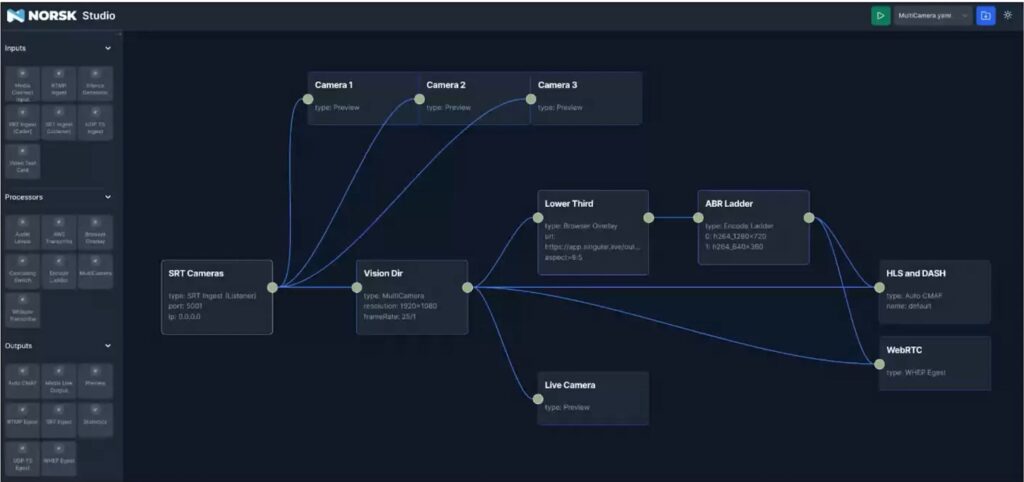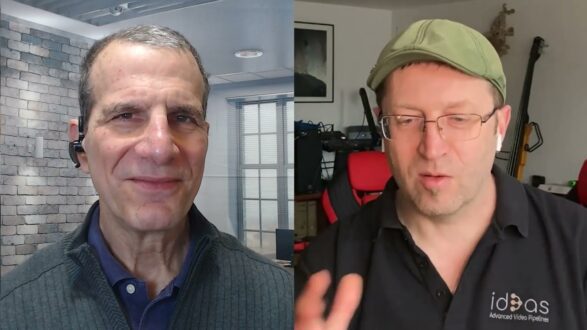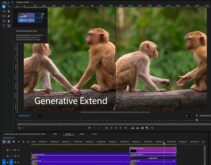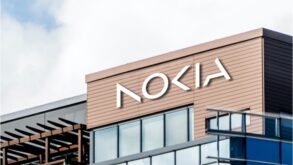I recently spoke with Dom Robinson, co-founder and Chief Business Development Officer of id3as, to discuss id3as’ flagship product, Norsk, and its suitability for OTT and streaming publishers. Here’s a video of the conversation and a summary of the contents.
Video 1: The complete interview.
Contents
Existing Technologies and Pain Points
Dom started by identifying the categories included in the streaming and OTT categories, which included live sports, live news, financial news, enterprise content for businesses, and town halls. According to Robinson, most companies in these markets develop their workflows in three ways.
Many use FFmpeg or GStreamer, which are sophisticated and widely used but demand time-consuming and expensive efforts to tailor to specific needs. Alternative 2, using off-the-shelf solutions, has its own set of drawbacks, primarily due to lack of flexibility. Dom emphasized the limitations of off-the-shelf solutions with the comment, “Off-the-shelf solutions are great when they’re great, and when they’re not, they’re not great, so they’re very hard to work with.” While these can be effective when they meet the user’s needs exactly, they can become problematic when they don’t.
As a third alternative, many businesses turn to systems integrators or consultancies to build bespoke systems, which is more expensive than developing from scratch, and equally time-consuming.
About Norsk Media
Dom described Norsk Media as a versatile platform with two components, the Norsk SDK and Norsk Studio. The SDK features a high-level scripting language for low-code development, accomplishing in a few dozen lines of code what would take hundreds of lines of code in a low-level programming language.
Norsk Studio enables no-code development via drag-and-drop of the pre-configured and customer-built components shown on the left in Figure 1. If Norsk Studio lacks a needed component, users can create it in the Norsk SDK. Once written, developers can add these to Norsk Studio as additional components, allowing seamless sharing and future use.

Dom noted Norsk’s community aspect, which envisions a collaborative environment where developers can share components, workflows, and expertise. He emphasized the potential for individual and open-source contributions to expand and improve the Norsk platform. He stated, “We would encourage developers to do that and to explore those and to help us build that core bigger and better.”
Excerpt 1: Dom demos Norsk Media.
Norsk: Avoiding the Common Pain Points
Dom next discussed how Norsk addresses the pain points commonly associated with traditional workflow creation approaches. He noted that Norsk’s integrated production, transcoding, and packaging operation presents a single API for developers rather than multiple APIs, reducing complexity.
In addition, he described how Norsk’s no-code/low-code interfaces shield the developer from working with obscure low-level media components. Dom explained the challenges with traditional systems, stating that these “media components … have become what I believe the industry term is undifferentiated heavy lifting. It sounds big, it is complicated…And making changes is incredibly difficult in those traditional environments.”
Excerpt 2: How Norsk avoids the pain points of traditional workflow creation alternatives.
Dom highlighted that Norsk’s accessible creation tools offer a more adaptable solution than the fixed functionality of off-the-shelf systems. Regarding systems built with FFmpeg and GStreamer, Dom reiterated that scalability becomes an issue as they grow, making oversight and accountability more challenging. Norsk, with its foundation in 14 years of experience in building ultra-high availability systems, is designed to be resilient and adaptable, capable of maintaining high availability even under less-than-ideal infrastructure conditions.
Norsk Media Demo
Dom demonstrated how to create workflows with common components like multiple cameras, overlays, and encoding ladder output to multiple formats. He showed how users can easily configure and verify their connections by using a preview tool within Studio. He noted that after creating the workflow in Studio, id3as anticipated that developers would create more sophisticated front ends tailored to specific operational needs.
Reflecting on Norsk’s efficiency, Dom highlighted a case where transitioning to Norsk significantly reduced the amount of code needed for media workflows, shifting the focus from backend media processing to the frontend user interface. This streamlines development and accelerates time to market for broadcasters and sports providers, allowing them to concentrate on the customer-facing aspects of their services. Dom concluded with Norsk, “You can really focus on the front end, which is where you’re meeting your customers.”
Norsk: Built-in Reliability and Robustness
Dom elaborated on how reliability and robustness are built into Norsk from the outset to ensure ultra-high availability for media services. While no system is infallible, Dom shared that Norsk is engineered with strategies to address every known potential failure, ensuring continuous operation even under adverse conditions.
This resilience extends beyond individual processes to encompass the entire infrastructure managed by Norsk’s orchestration capabilities. It enables Norsk to react instantaneously to failures, either by restarting services or relocating them to a more stable infrastructure based on predefined logic or external data inputs.
Excerpt 3: How Norsk delivers rock-solid workflows that are “good on a bad day.”
Dom highlighted the invisibility of this complex robustness to the end-user, emphasizing that the SDK and Studio allow developers to focus on business objectives without getting entangled in the underlying “plumbing.” Regarding the benefit of this reliability, he concluded, “So yes, if you want to offer service level agreements, that’re higher than the infrastructure on which you’re running the service, you need to have a strategy. And that’s baked into the very DNA of Norsk.”
Launching Norsk Studio at NAB 2024
id3as will launch Norsk Studios at NAB 2024, showcasing its capabilities and the ease with which streaming workflows can be designed, deployed, and managed. For more information on Norsk Studio or any Norsk component, visit https://norsk.video.
 Streaming Learning Center Where Streaming Professionals Learn to Excel
Streaming Learning Center Where Streaming Professionals Learn to Excel









